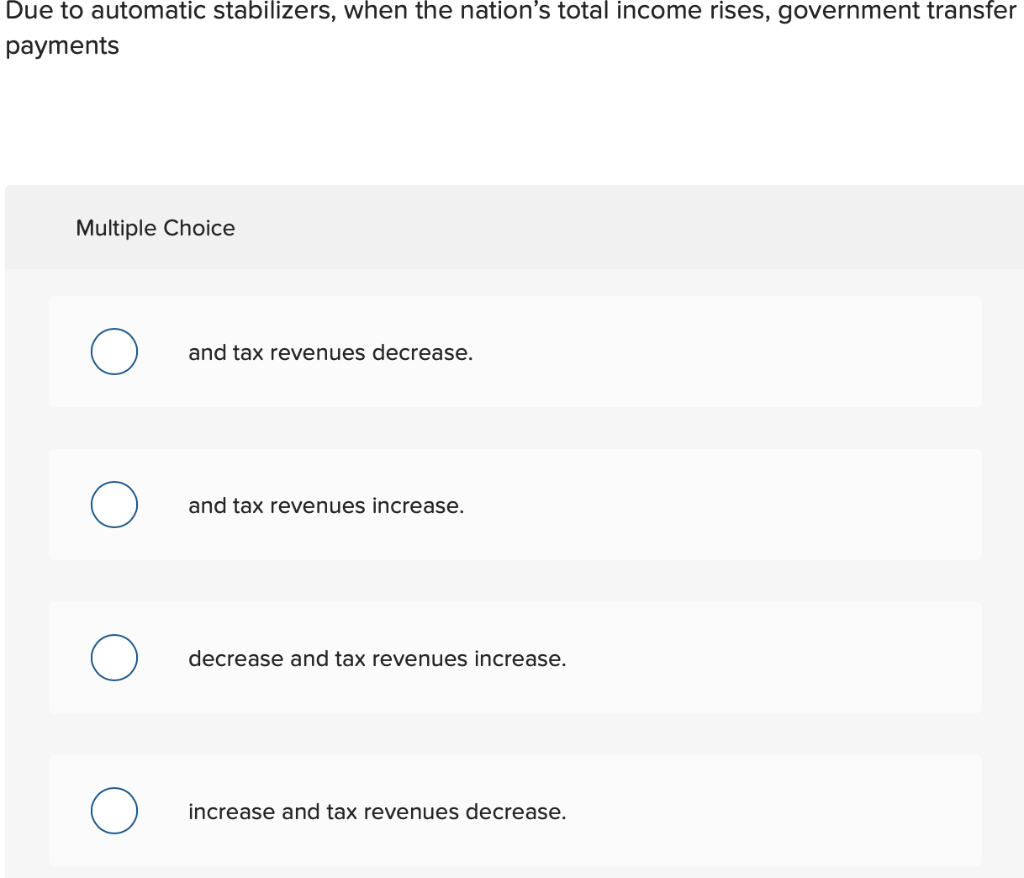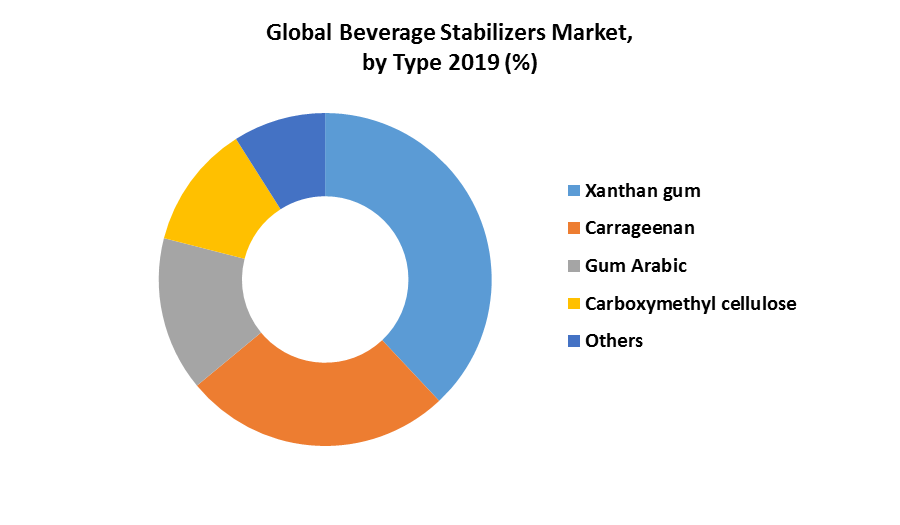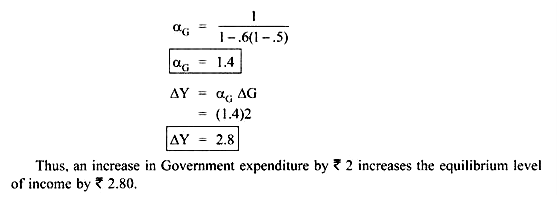
Dromel and Pintus thus propose an alternative fiscal formulation featured by a constant marginal tax rate imposed on the household’s taxable income when it exceeds a fixed exemption threshold – namely, a linearly progressive taxation.īy incorporating the fiscal formulation of Dromel and Pintus (2007) into Barro's (1990) determinate one-sector representative-agent model of endogenous growth with inelastic labor supply and productive public expenditures, this paper carries out a comprehensive analytical investigation of the interrelations between a linearly progressive income tax, equilibrium (in)determinacy, and economic growth along the economy’s balanced growth path(s). In particular, Dromel and Pintus point out that the feature of continuously increasing average and marginal tax rates á la (Guo and Lansing, 1998) is not consistent with the practice in countries that implement schemes of progressive income taxation. The theoretical framework of this paper differs from that of Chen and Guo (2013) in only one aspect i.e., I adopt an alternative formulation of the income tax scheme á la Dromel and Pintus (2007). 2 However, the growth and welfare implications of income tax policy are not the focus of the paper. It is found that, in sharp contrast to traditional Keynesian-type stabilization policies, progressive taxation operates like an automatic destabilizer that magnifies growth fluctuations and thus destabilizes the economy. 1 Among the theoretical efforts, Chen and Guo (2013) study the (in)stability effects of Guo and Lansing's (1998) non-linear income tax structure in Barro's (1990) model. Several subsequent works on the macroeconomic implications of progressive income taxation are thus motivated. While the assumption of a constant tax rate on households’ taxable income is commonly adopted in the majority of related works, it is not consistent with the progressive income tax policies observed in many developed and developing countries. It is noted that the model economy studied in Barro (1990) displays saddle-path stability and hence is not subject to endogenous growth fluctuations driven by agents’ animal spirits or sunspots. In a seminal paper in the endogenous growth literature that explores the macroeconomic effects of tax policy, Barro (1990) shows that the constant income tax rate should be set equal to the elasticity of output with respect to government spending so as to attain maximal levels of the output growth rate and social welfare.

Finally, government spending on goods and services cannot serve as an automatic stabilizer whether or not the income tax rate is optimally set. I further show that, when the marginal income tax rate is optimally set, investment subsidies are unable to eliminate the low-growth trap.

In these cases, both the welfare- and the growth rate-maximizing marginal income tax rate on the high-growth balanced growth path are lower than the elasticity of output with respect to government spending.

I propose that both a sufficiently high lump-sum taxes-to-capital ratio and a sufficiently high consumption tax rate operate as automatic stabilizers that eliminate the indeterminate low-growth trap, thereby ensuring the existence of a unique determinate balanced growth path equilibrium that displays high output growth. I analytically show that the adoption of a linearly progressive income tax scheme destabilizes the endogenously growing economy of Barro (1990) by giving rise to dual balanced growth path equilibria, wherein the low-growth equilibrium exhibits local indeterminacy and belief-driven growth fluctuations, and the high-growth equilibrium displays saddle-path stability.


 0 kommentar(er)
0 kommentar(er)
